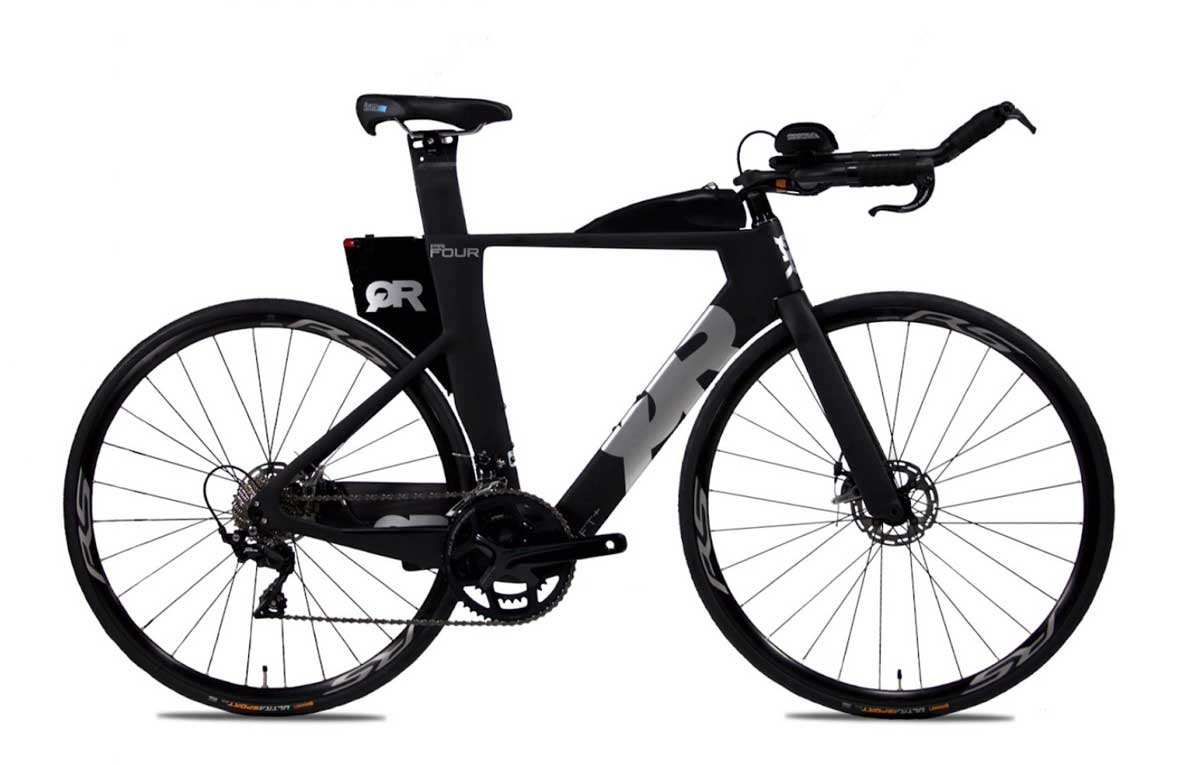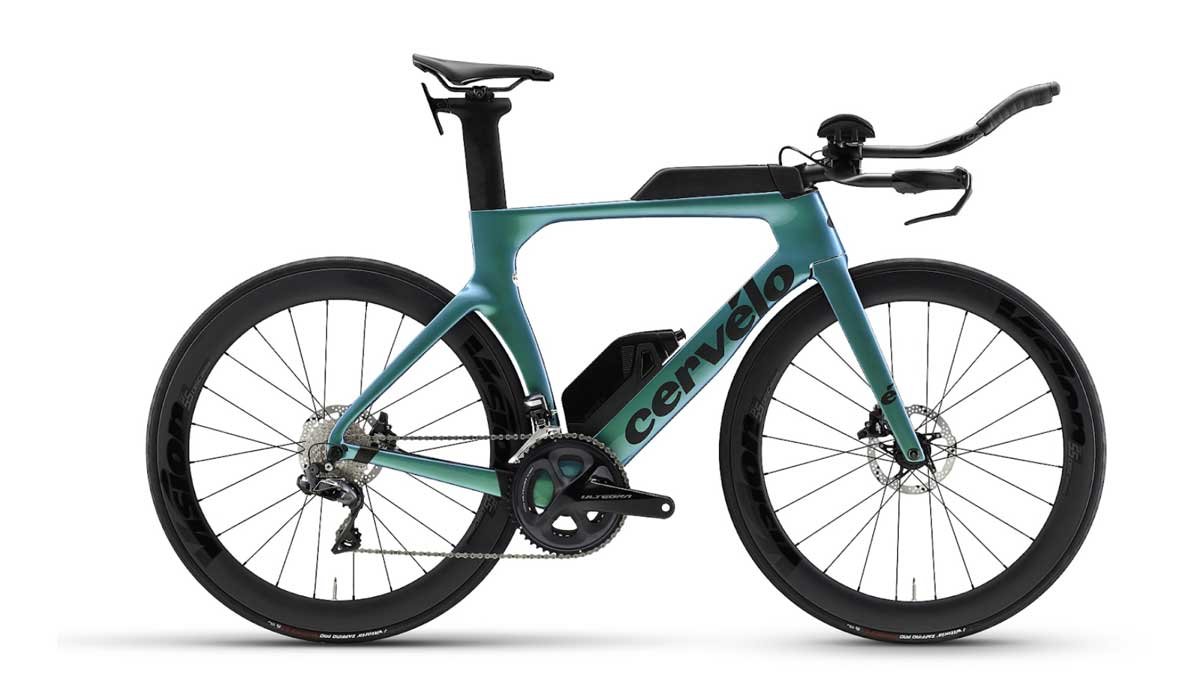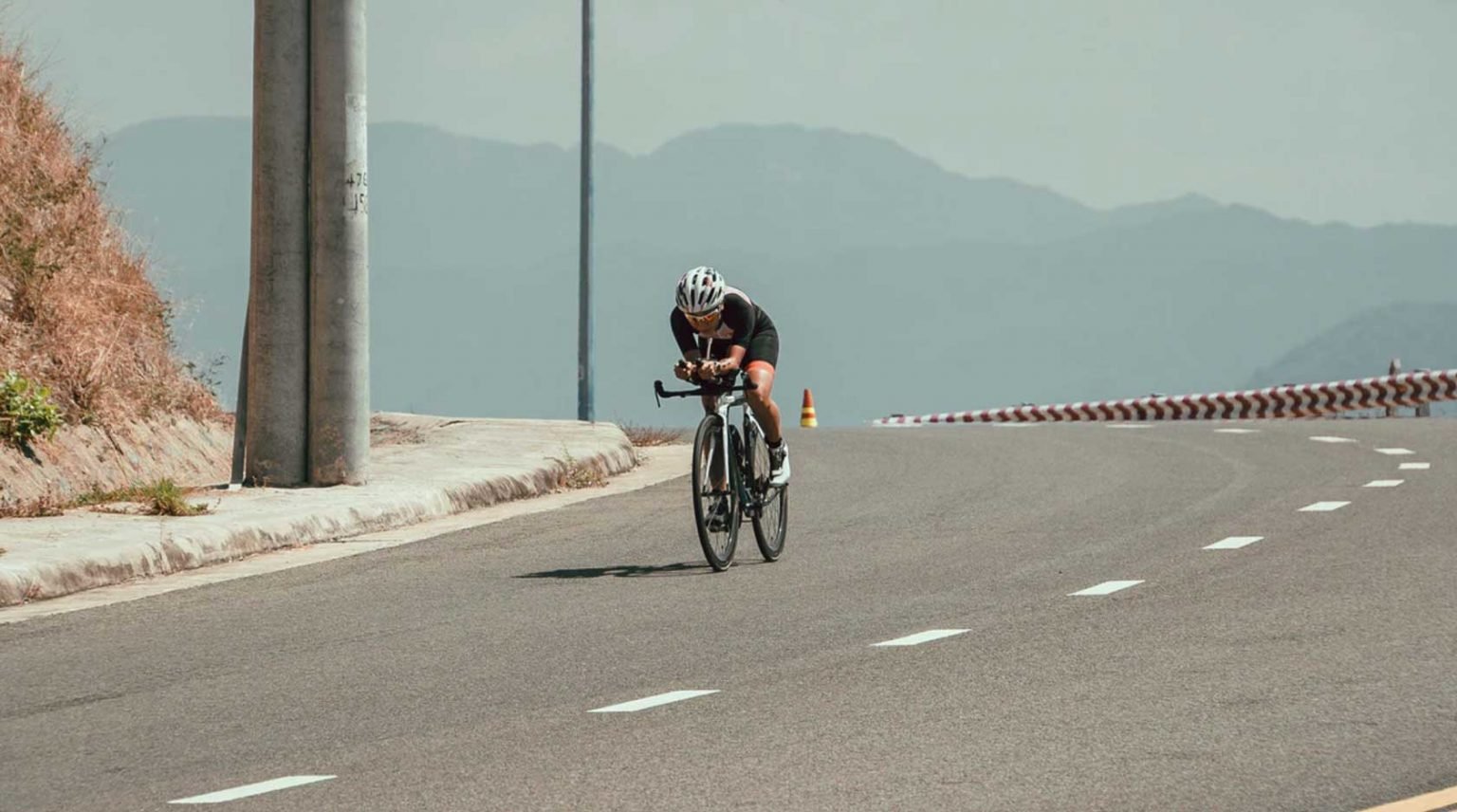Let’s be real. For most beginner multisport athletes buying their first triathlon bike, the cost is not far from a full month’s income. As a general price range, entry-level triathlon bikes can typically cost between $2,000-$4,000 brand new. For athletes who want to level-up to a higher performance option, a triathlon bike can easily exceed $5,000 new.
Before jumping into a new triathlon bike, it’s important for beginner athletes to weigh the cost and whether the expense will be worth it in the long run. Most new triathletes can get their bearings on a simple road bike for the first couple of years. I love to ride Triathlon Bikes. I have a lot of experience riding this brand of bike. Sometimes people ask me for some suggestions before buying a bicycle. Now it will be easy to suggest for anyone talking about entry-level bikes what size bike they need too.
This a great place to start, as triathlon can be a costly sport, both financially and with the time and energy invested. After a couple of years of using a road bike, an athlete can then assess their commitment to the sport and ultimately if a triathlon bike is in their best interest. If you are interested in electric bikes that fall under the $2000 price range then, read this article.
What’s the Difference Between a Triathlon Bike and Road Bike?
For most beginners, a sub $1,000 road bike is a great place to build strength, confidence, and speed. The addition of aero bars on a road bike can enable triathletes to achieve a semi-aerodynamic position. But for serious triathletes, investing in a triathlon bike can be a worthwhile long-term purchase, especially for Ironman and long-course athletes.
Compared to a typical road bike, the geometry of a triathlon bike is primarily different in terms of frame design and athlete positioning. Triathlon bikes are characterized by having a steeper seat tube angle, which puts riders in a more aggressive and aerodynamic position.
The seat tube angle on triathlon bikes often exceeds 78 degrees, while on road bikes, it’s closer 72 degrees. In addition to a more aggressive seat tube angle, it’s also common for the saddle height on tri bikes to be positioned higher than that of most road bikes. This position facilitates a more horizontal and aerodynamic position while also widening the athlete’s hip angle.
The advantage of a widened hip angle is that it provides biomechanical efficiencies that help to improve running performance off the bike. Research has shown that a steeper seat tube angle can help optimize the use of biceps femoris (hamstrings), hips, and other cycling muscles to conserve and optimize the primary muscle groups that are used when running.
As a result, the use of a triathlon bike can be particularly beneficial for athletes who are training and racing long-course events, such as Ironman distances. Average bike splits for Ironman age groupers can range between 5-7 hours (and 4-5 hours for professionals), which is a significant amount of time spent on the bike. Any advantage that can be earned with less drag and greater cycling economy will pay dividends in long-course events.
3 Beginner Triathlon Bikes Worth a Look
2021 has seen an inspiring roll-out of some of the best and most advanced triathlon bikes to see the world. Even entry-level triathlon bikes deliver professional-grade quality that allow athletes to maximize their cycling potential. As reported by BetterTriathlete.com, there are three particular beginner triathlon bikes worth a look.
Quintana Roo PRfour Triathlon Bike

Of the latest models to reflect Quintana Roo’s pioneering innovation in triathlon bike technology is the PRseries. With three primary models extending from the PRfour to the PRsix, Quintana Roo offers a premium tri bike for all levels.
The PRsix offers a high modulous carbon composition, making the frame lighter and stiffer than the PRfour and PRfive. This model can be found in the $4-6k+ range, depending on the build.
As for the entry-level model, the PRfour is a triathlon bike that delivers all-out race performance at the $3k price point. It’s stocked with disc brakes, top tube storage, Shimano 105 components, and a spectrum of color options.
The Quintana Roo PRfour can be found for around $3,000. Learn more from the official site QuintanaRooTri.com.
Giant Trinity Advanced Triathlon Bike

The Giant Trinity Advanced is a high-quality and rigorously-tested triathlon bike that doesn’t break the bank. Trinity is the result of Giant’s refined aero frame geometry and a wider range of adjustability to allow for a time trial-specific fit that can accommodate many different athletes.
Trinity Advanced’s contact base bar offers a full range of adjustability, so athletes can dial in the perfect aero position for optimal comfort and performance. It also offers an integrated food storage unit otherwise known as Giant’s AeroVault system.
Trinity Advanced is also engineered around AeroSystem Shaping Technology, which is Giant’s way of saying every tube shape is designed to minimize drag and maximize aerodynamics no matter which direction the wind is coming from.
Equipped with Shimano 105 components, the Giant Trinity Advanced starts at $2,500. See more specifications and info at Giant-Bicycles.com.
Cervélo P-series Triathlon Bike

The Cervélo P-series triathlon bikes provide an optimal balance between speed and comfort. Athletes can leverage highly-responsive power transfer and receptive handling, all while enjoying smooth, compliant comfort in the saddle over the course of long miles.
Based on a long-standing legacy of the Cervélo P2 and P3, the P-series triathlon bike advances air economy and overall aerodynamics, infusing the long-distance race requirement features available in higher-end models like the P5X.
The extended seat tube cutout, a distinct feature in Cervélo P-series bikes, shields the leading edge of the rear wheel to enhance aerodynamic capabilities. Built around an all-carbon frame, tapered P fork, and seatpost, Cervélo P-series marries performance with an approachable price range.
There are several models available, with the Ultegra 105 entry-level version of the P-series starting at $3,200. Learn more at Cervélo.com.
Triathlon Bikes are a Different Breed
In the world of bicycle racing, triathlon bikes are a different breed. The technology behind triathlon bikes is constantly evolving. Manufacturers continue to push the limits with research and development, making bikes lighter, faster, more aero, and more comfortable for triathletes. And one of the many beauties of triathlon is that beginner and amateur athletes have the same access to high-end bicycle technology as of professional triathletes.

